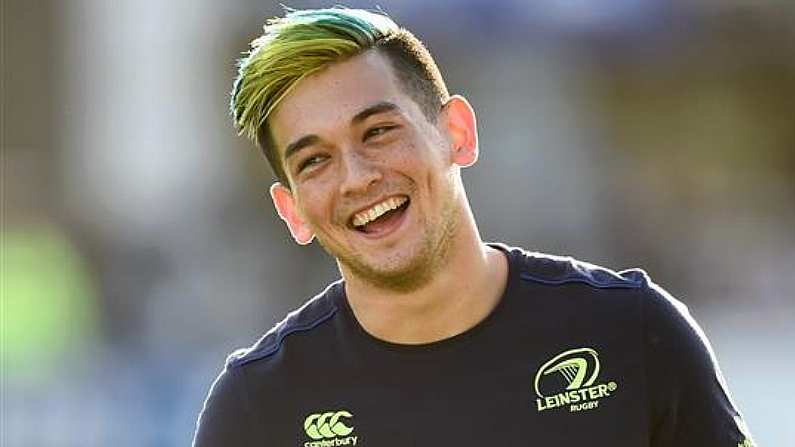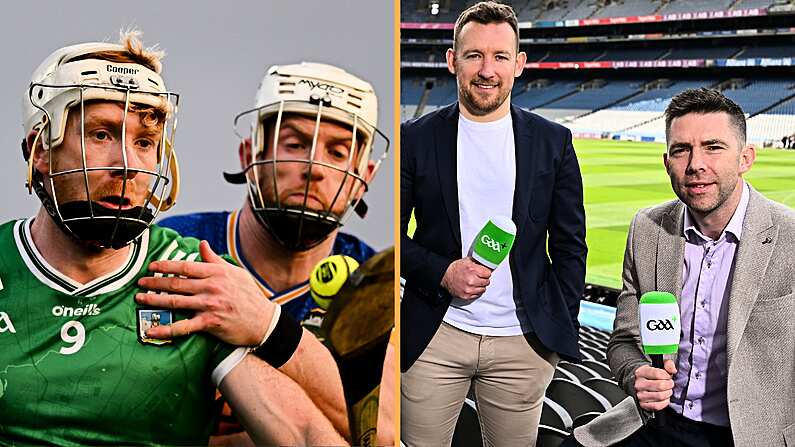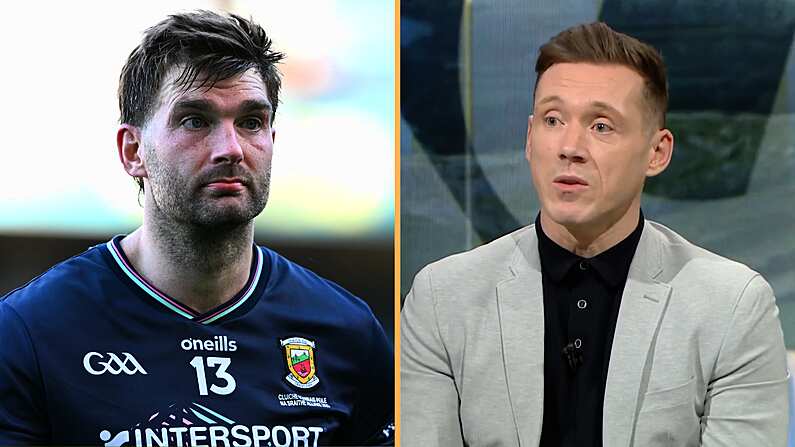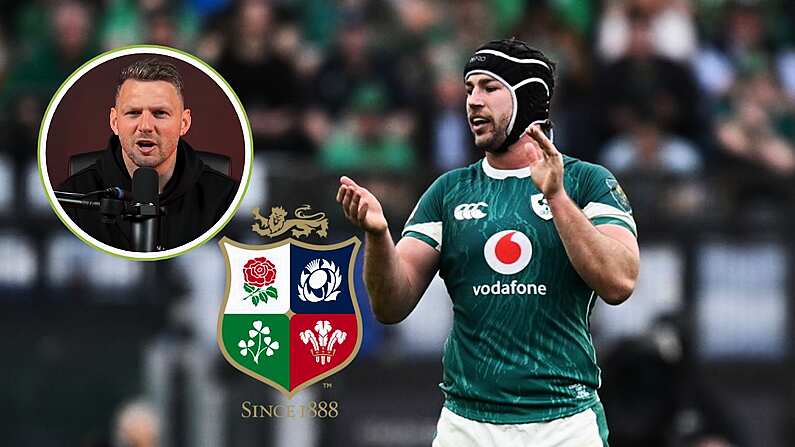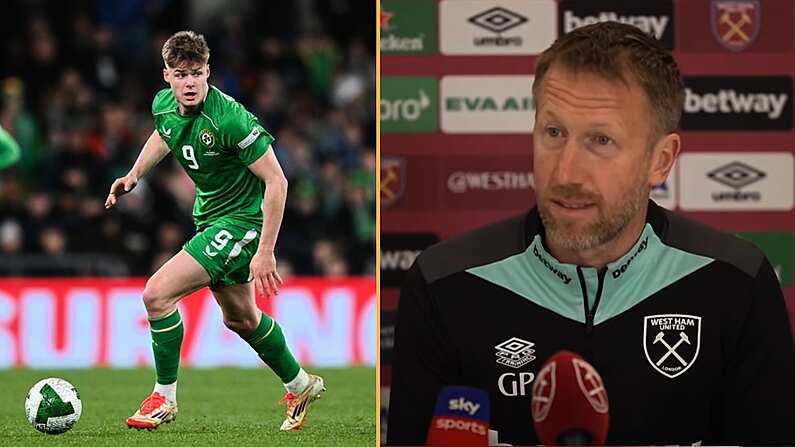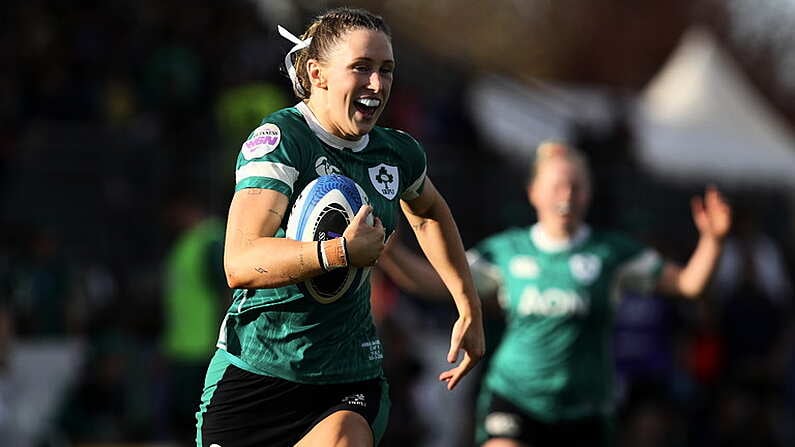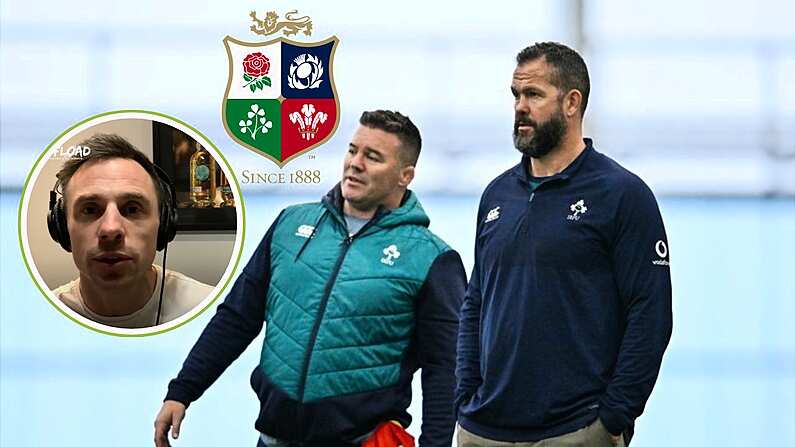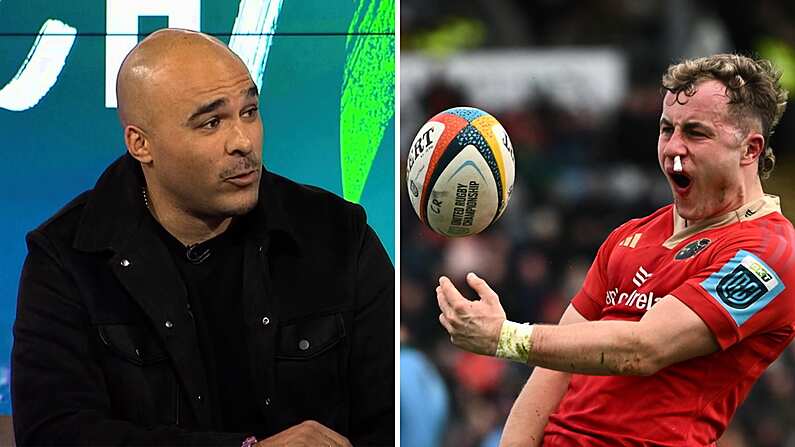If he physically resembles an Olympic weightlifter, that's because he is one. But Peter Tierney has introduced far more than mere brawn to the Leinster Rugby setup since joining the team behind his hometown team on a full-time basis in March 2015.
When he graduated from UCD in 2014 with a BSc in Health and Performance Science, Tierney had already joined Leinster as a Strength and Conditioning intern. The former UCD under-20 is now the three-time European champions' Sports Scientist, and applies his expertise behind the scenes so that Leinster's players can produce tangible results on matchday.
It's one of sport's most unseen and yet crucial roles, and in the latest installment of Laya Healthcare's #BehindTheTeam video series, Tierney makes sense of his daily duties on the scientific side of the oval ball.
"A lot of analysis goes in behind the scenes that maybe people don't see, but when that comes into effect in how we train, I think that's pretty rewarding," Tierney says.
But to me, the two avenues I look at is trying to minimise injury risk and then trying to maximise [the players'] physical performance. And then those two things ultimately lead to them getting onto the field at the weekend.
Below, the certified Strength & Conditioning Specialist breaks into four parts the importance of sports science at the pinnacle of sport.
The importance of information in training and performance
Last year, Tierney completed a Professional Diploma in Data Analytics and Statistics, which he applies to his observations regarding workload, and work intensity, for each Leinster player.
It's important to know the volume of work that a player has to do in a game. And it's important to know the intensity of that work.
So, if we know that, for example, a fullback has to be able to handle X amount of distance, and he has to do that at a certain intensity or a certain speed, then that's how we develop our training and conditioning - based on those numbers.
The role of GPS
Tierney completed a Masters in Research at UCD, examining the application of GPS technology in professional rugby. It's a knowledge which he has applied to Leinster's training and matchday performances since joining the province in 2014:
That little thing you see on the back of the shoulder blades is called a GPS unit, and that tracks what distances they're covering, and how fast they're covering those distances at. And we use that, basically, to track their performance, their workload every day through every week and throughout the season.
The first thing I'm supposed to do it to collect a lot of information about the game, try and get an understanding of it. And then from there, that's how we condition players, that's how we manage people, and that's how we try get guys performing better at the weekend.
He breaks Leinster's use of GPS technology into three categories, which allow he and Leo Cullen's coaching staff to achieve the right balance for each individual player in both training and on the pitch:
We try and look at predominantly three things: The volume of a session, the intensity of the session, and for certain players we look at the speed that they achieve.
So, we want guys to achieve certain speeds on certain days of training; that's from a performance AND an injury risk point-of-view.
We look to try and control volume so that if guys are doing too much, we might try and rotate them with someone who isn't doing enough, just to make sure that they get a balanced week and training session as well, and that they're getting enough of a training exposure to make sure that they're ready for the weekend and the following week.
Injury prevention at Leinster
Tierney reveals the meticulous nature of Leinster's approach to bringing players back from injury. Where World Rugby has enforced a Head Injury Assessment protocol in order to reduce the risk of concussion, Leinster apply a return-to-play protocol for all serious injuries to other areas.
This, he maintains, lowers chances of aggravating existing knocks having returned to the playing field prematurely. As such, players must undergo thorough procedures and hit certain milestones before being ruled match-fit.
The more we understand injury, the more we can try to reduce the risk of it. We have a pretty progressive return-to-play protocol that we have in place for certain injuries. It's combined with the physios and the S&C (strength and conditioning coach) and the rehab, and even the coaches.
We've set out certain parameters for certain injuries, so when someone has a hamstring injury for example, that we know he has to hit a certain amount of markers in order for him to be ready to train, and in order for him to be ready to play. Once he hits certain markers of intensity, we're hoping he's ready for training, and games as well.
The importance of metrics in Leinster training
His studies in Data Analysis come to the fore in Leinster's performance depth chart, where each player is ranked by position according to various aspects of performance:
Once we know how important a metric is, we can highlight it and focus on it. For us, we're trying to state to the coach and players, 'What you've done, and how hard you've had to work to get that'.
Certain metrics that we focus on will give us some indication of their workrate in certain phases of play or in certain periods of training. And then we'd rank those positionally based on their output, as well.

